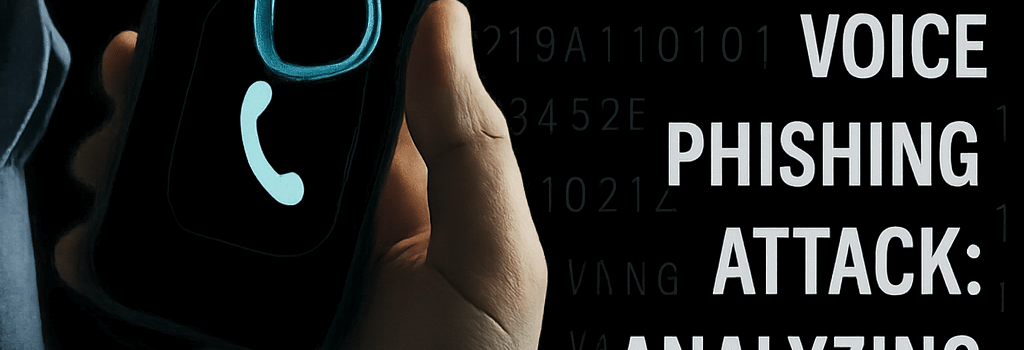Cisco Faces Sophisticated Voice Phishing Attack: Analyzing Emerging Threats

Background of the Cisco Voice Phishing Incident
On August 5, 2025, Cisco disclosed that one of its employees was targeted by a voice phishing (vishing) campaign. Attackers convinced the representative to provide authentication tokens, allowing unauthorized access to a third-party customer relationship management (CRM) system.
“Our investigation has determined that the exported data primarily consisted of basic account profile information of individuals who registered for a user account on Cisco.com,” Cisco said. Exposed fields included names, organization names, addresses, Cisco-assigned user IDs, email addresses, phone numbers, and account metadata such as creation dates.
Cisco emphasized that no passwords, financial records, or proprietary customer data were compromised. There was no evidence of lateral movement into other systems or services.
How Voice Phishing Exploits Human and System Vulnerabilities
- Social Engineering: Attackers perform reconnaissance via LinkedIn, company press releases, and open directories to craft convincing caller profiles.
- Multi-Channel Engagement: Modern campaigns blend email lures, SMS one-time passcodes (OTPs), push notifications, and AI-generated voice deepfakes to mimic legitimate IT help desk procedures.
- Fallback Loopholes: When MFA fails, many organizations allow backup codes, SMS OTPs, or security questions—often the easiest bypass for vishing actors.
Technical Dive: FIDO2 and Cryptographic Defenses
The FIDO2 standard (incorporating WebAuthn and CTAP2 protocols) uses public-key cryptography bound to the authentic domain:
- During registration, the client device (e.g., hardware security key or platform authenticator) generates a key pair. The private key never leaves the device.
- The relying party (Cisco.com) stores only the public key and a counter for replay protection.
- On login, the authenticator signs a challenge with the private key. The browser enforces that the signature is valid only for the original domain.
This prevents credential replay on phishing or look-alike domains. However, fallback mechanisms like SMS OTPs remain vulnerable.
Expert Opinions and Industry Reactions
“Voice phishing is evolving rapidly with AI-driven voice synthesis. Organizations must move past SMS and push-based MFA to cryptographic methods and enforce strict out-of-band policies,” says Dr. Priya Ramanathan, Senior Researcher at Global Security Insights.
Industry groups such as the U.S. Cybersecurity and Infrastructure Security Agency (CISA) and the National Institute of Standards and Technology (NIST) have updated guidance on eliminating legacy MFA methods and implementing continuous phishing-resistant authentication.
Additional Analysis
Emerging Threats: AI-Driven Social Engineering
Recent advances in generative AI enable high-fidelity voice cloning. Malicious actors can now impersonate executives or support staff with minimal audio samples. Real-time deepfake streaming tools circumvent voice biometrics, increasing vishing success rates by up to 40%, according to independent tests by CyberAI Labs.
Regulatory and Compliance Implications
Under GDPR and CCPA, breach notifications are mandatory within 72 hours of discovery. Although Cisco’s incident did not include sensitive personal data, affected CRM users must be informed of potential profiling misuse. Failure to comply may result in fines up to €20 million or 4% of global turnover.
Recommendations and Best Practices
- Enforce FIDO2 WebAuthn across all business-critical applications; eliminate SMS and email OTP as primary factors.
- Deploy AI-powered anomaly detection to flag unusual geo-locations or device fingerprints during login.
- Conduct regular tabletop exercises simulating vishing scenarios; include real-time deepfake voice tests.
- Implement strict out-of-band verification: any authentication reset or high-risk transaction must be confirmed via a pre-registered secondary channel.
- Keep incident response playbooks up to date with the latest CISA and NIST guidelines.
Future Outlook
As organizations worldwide accelerate cloud adoption and digital transformation, threat actors will refine vishing and AI-assisted social engineering. The security community must collaborate on open standards, threat intelligence sharing, and user education to stay ahead of this growing risk.